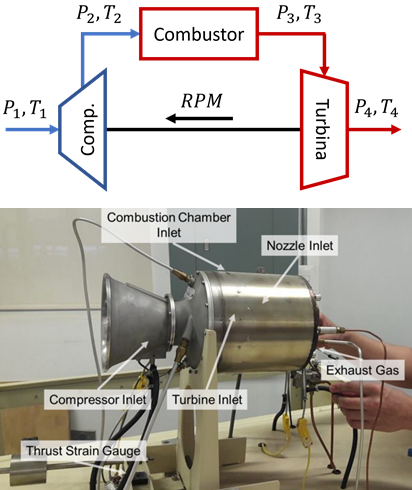Member-only story
Practical example on data science and aeronautics
Airplanes have multiple sensors that help pilots measure air speed, air pressure, and altitude. These sensors can be used to collect crucial data like temperature, moisture, and pressure in different parts of an aircraft.
Nonetheless, the absence of explicit models to include all the measurable properties had yield to a necessity of data-based models to forecast and diagnose aircraft performance.

Data science is an inter disciplinary field that combines scientific methods, informatics and statistics to extract hidden knowledge within the measured data.
This process allows creating accurate representations of complex processes without extensive knowledge on the underlying physical principles.
Moreover, data-based models can be trained to analyze the collected data to identify abnormal behavior that relates the process to possible faults or degradation.
For instance, one major aeronautical application corresponds to gas turbines. These devices are equipped with sensors installed to collect data such as rotation speed, air pressure, and temperature of the component. This set of flight properties affect the resulting gas turbine performance.
The performance variations also can correspond to fouling, degradation or faults. This combination of performance variation sources renders the gas turbine health monitoring to be particularly difficult.

Thus, collected data from flight can be used to inform AI algorithms about the normal/healthy turbine behavior. Principal components are linear representations that capture the relationship among the measured variables, creating a data-based fingerprint that, if properly computed, can represent to this healthy operation.
By comparing this data-based representation with newly measured data, the resulting algorithms can detect when turbines depart from their normal behavior and notify concerned personnel about possible defects. Hence, airlines can identify defective aircraft components beforehand and repair them.

In this manner:
the utilization of AI in aerospace companies can help business leaders improve their operational efficiency by avoiding component failures that can lead to downtimes
Some key advantages are the faster knowledge discovery that enables faster decision making and the simpler approach to
performance forecasting in off-design conditions.
Suggested lecture:
https://www.degruyter.com/document/doi/10.1515/tjj-2021-0062/htm
